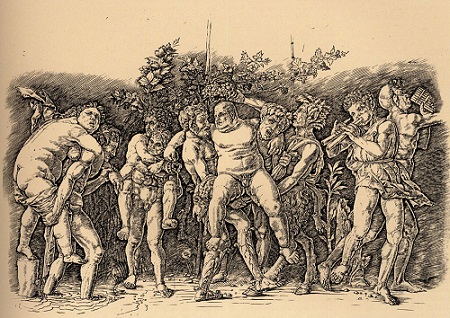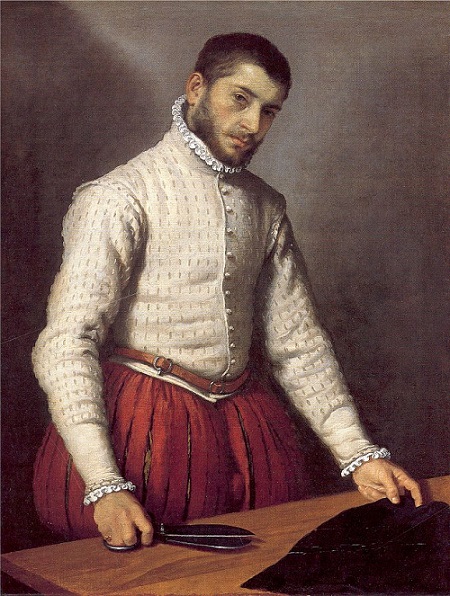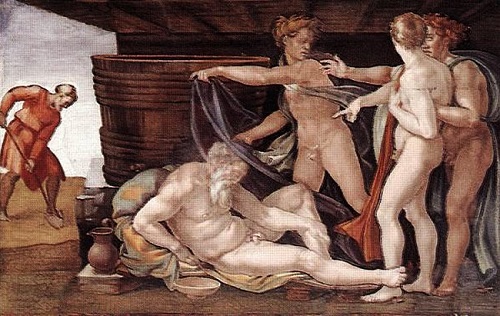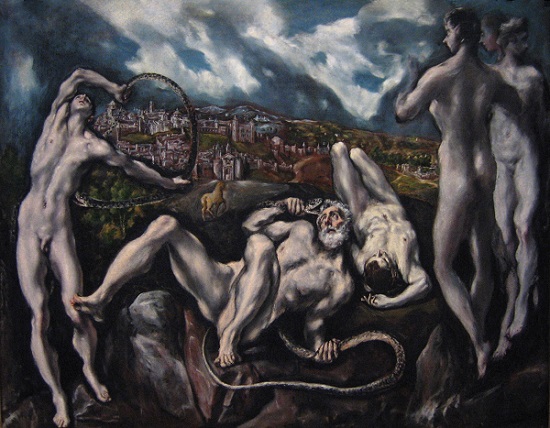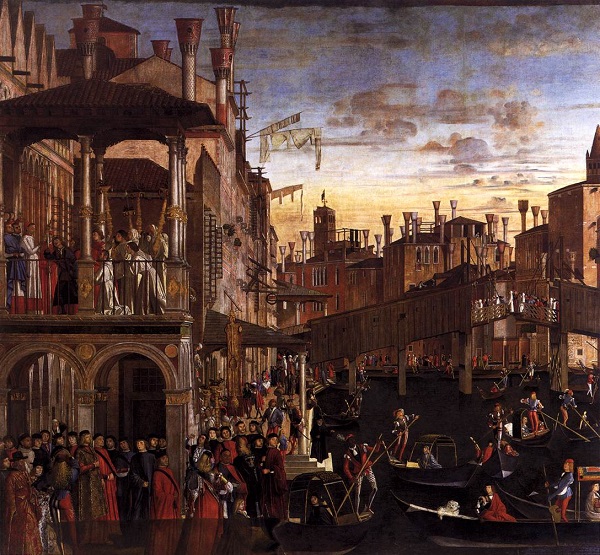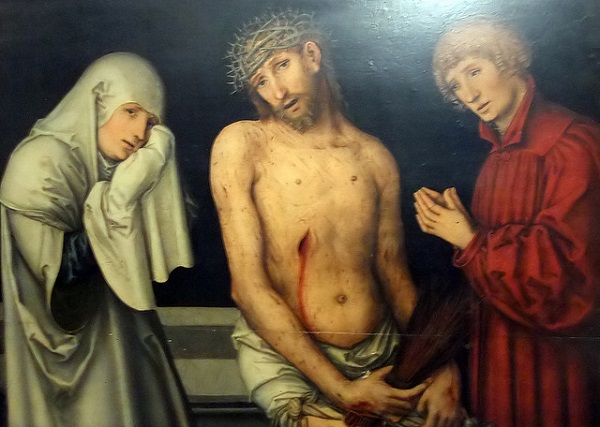
Now displayed in the gallery of the Intesa Bank on the first floor of Palazzo Zevallos, Naples, The Martyrdom of Saint Ursula, the last work by Caravaggio painted just before his tragic death at Porto Ercole [Tuscany], has a troubled history. The picture, commissioned in 1610 by the son of the Doge of Genoa, Marcantonio Doria, who left it to his son Nicolò, Prince of Angri and Duke of Eboli, seemed to disappear during the 18th century. It abruptly reappeared in 1814, wrongly attributed to Mattia Preti, in the legacy of Giovanni Maria Doria. In 1854, it turned up at Naples in the Palazzo Doria d’Angri before being moved to the family’s country estate at Eboli (90km south of Naples).
After the WW11, the villa and painting were sold to Baron Romano Avezzano. The painting, which was badly damaged by this time and with uncertain provenance, was sold to the Banca Commerciale in 1972 for the modest sum of 8 million lire (around €4000).
Meanwhile, irrefutable evidence (letters, wills etc) were used to validate the thesis of Professor Bologna, who since 1954 had been fighting for the recognition of Carravagio as the author of the work. Carravaggio had, moreover, included his self-portrait, without any scars, in the guise of a soldier standing just behind the saint.
In 2004, the painting was painstakingly restored and finally recaptured in its original radiance. It had suffered a number of accidents in its lifetime. Caravaggio, in a hurry to leave the city – because he had been badly beaten up by thugs from the family of a man he had killed in a duel at Rome – delivered the canvas without waiting for the varnish to dry completely. In order to expedite its transfer to Genoa, Prince Doria’s agents in Naples left it out in the sun to dry, thinking they were doing the right thing, However, the varnish softened further and Caravaggio was asked to repair the damage. As the condition of the remaining paint was still unsatisfactory, it was subjected to much “tinkering” that partly led to false attributions.
The Martyrdom of Saint Ursula is one of three Caravaggio paintings to be found in Naples – the other are The Flagellation of Christ in Capodimonte Museum and The Seven Acts of Mercy in the church of Pio Monte della Misericordia – although the artist completed dozens of works during the two periods he spent in the city (1606-16007 and 1609-1610). Two of them have fallen into oblivion (an altarpiece said to have been commissioned by Croatian merchant Nicholas Radulovic and Judith Beheading Holofernes); another three in a chapel of the church of Sant’Anna dei Lombardi were destroyed during the earthquake of 1805. The Denial of Saint Peter was smuggled out and sold to New York’s Metropolitan Museum of Art, while others are scattered throughout Europe.
So the next time you are in Naples, do yourself a really huge favour and visit Palazzo Zevallos Stigliano Gallery – it is not only a truly magnificent Gallery, but you will see a wonderful work by Caravaggio – and quite frankly, what more could your want!!
(Adapted from Secret Naples by Valerio Grimaldi Maria Franchini, published by JonGlez)

